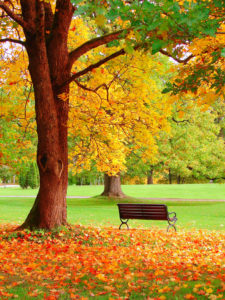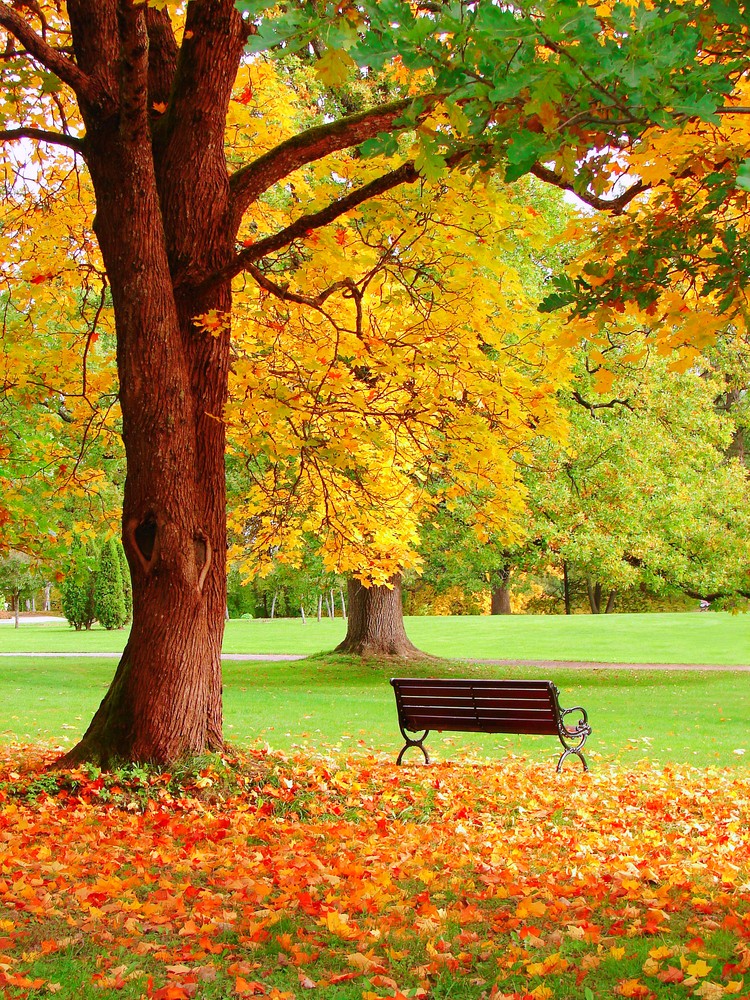What could be more beautiful than a Thanksgiving weekend in Canada? Our maple trees are truly spectacular during this “Fall Rhapsody” time of year. And what could be more Canadian and fall-ish than a battle over a maple tree?

A recent case (Allen v. MacDougall) before the Ontario Superior Court of Justice involved two neighbours in a dispute over a maple tree. The tree in question was growing on the shared boundary line between the neighbouring properties. Mr. Allen was seeking a Court order to remove the tree to make some space for a new addition to his house. Mrs. MacDougall argued that the tree was her property and, furthermore, was a characteristic feature of their neighbourhood.
Mrs. MacDougall was ultimately victorious. Here are the main points contributing to her victory in this battle over the maple tree:
Property Laws Rule the Day
First, Mrs. MacDougall built her argument around property law rules, not merely regulatory compliance.
According to s. 10(2) of The Forestry Act, the tree is the joint property of both neighbours as it is located on both of their lands. As a general rule, property rights are absolute. This means that no matter how unreasonable it may seem not to let your neighbours take your property, you can refuse to do so even if the neighbours really need it.
Mr. Allen had obtained all the necessary municipal permits to cut down the tree. However, the Court noted that such permits only dealt with the regulatory compliance requirements. The permits did not affect the adjudication of Mrs. MacDougall’s property rights as a co-owner of the tree.
The Maple Tree Was Not a Nuisance
Second, the Court found that the test of nuisance was not met. Nuisance is an exception to the general rule that property rights are absolute. To meet the test of ‘nuisance’, the neighbor’s interference with a property owner’s use of their land must be both substantial and unreasonable.
The Court noted that the tree had not interfered with Mr. Allen’s use of his property for the last 18 years. The tree had only started to pose a problem when he decided to build an addition to his home. Also, Mr. Allen failed to demonstrate that the destruction of the tree was the only way to extend the home. It did not appear that other options were explored. Justice Morgan remarked that “trees are not lightly ordered removed on the basis of being a nuisance”.
In addition, an expert arborist provided an opinion concerning the substantial interference that can be potentially caused by a tree’s removal. The expert stated that a healthy maple tree “provides a range of environmental, economic, and social benefits’ to both neighbours in the form of a shade canopy, improved air quality, aesthetics, habitat for birds and small animals, and stormwater reduction”.
May you enjoy the magnificent colours of the season!

